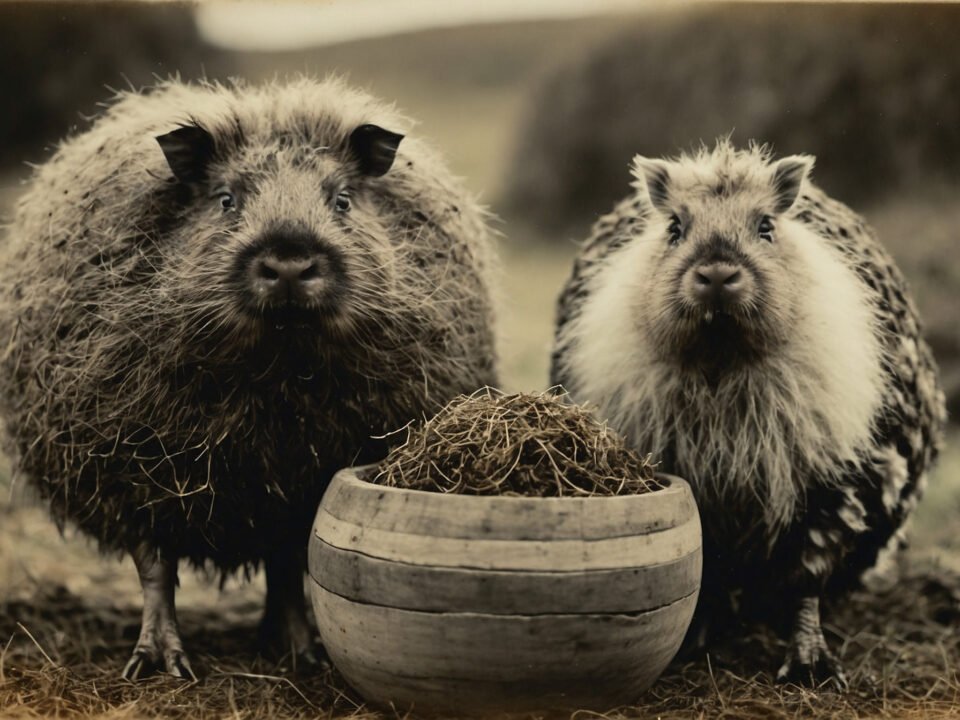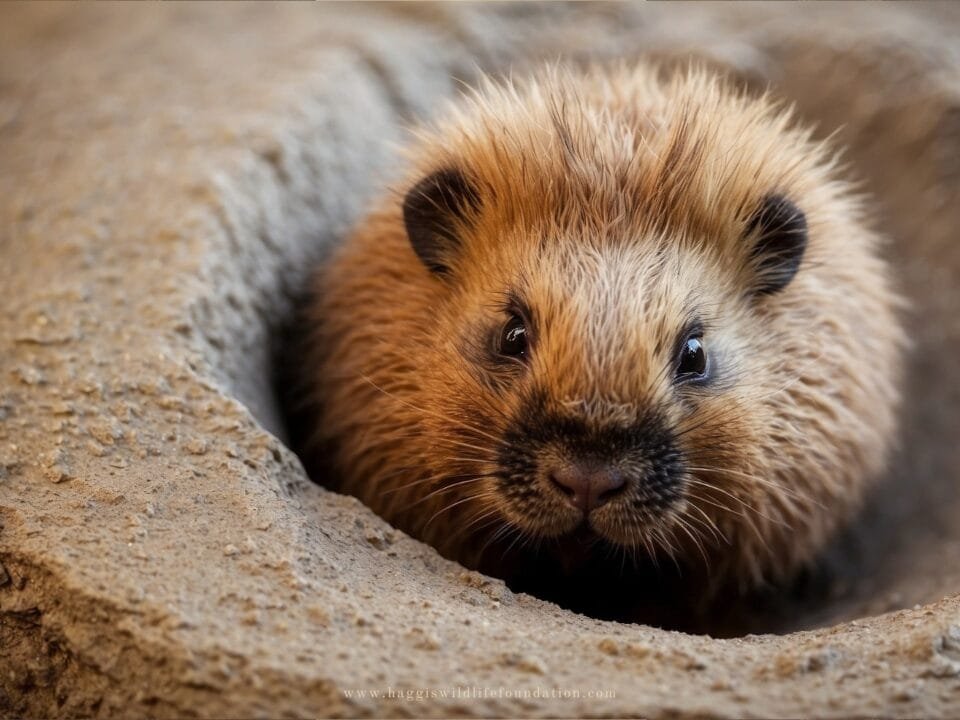
Hagglets
May 26, 2025
Wild Scottish Haggis Animals Legend
August 12, 2025When people outside Scotland first hear about the wild haggis animal, they often think it’s a joke or just a fun bit of folklore. But for many Scottish people, the wild haggis (Haggis scoticus) is more than just a made up story. It’s a real symbol of their culture, who they are, and their history—believed in as strongly as any deep-seated faith.
More Than Just a Story: The Haggis Animal as a Cultural Cornerstone
The wild haggis is uniquely suited to Scotland’s rough landscape. They say its legs are shorter on one side, which lets it run in circles around steep hills without falling, a cool trick of nature that shows how connected Scottish people are to their land.
For hundreds of year’s, stories about the wild haggis have been handed down, shared in homes, pubs, and at gatherings. These stories aren’t just silly tales, they’re a key part of Scotland’s spoken history, linking people to their ancestors and the land itself.
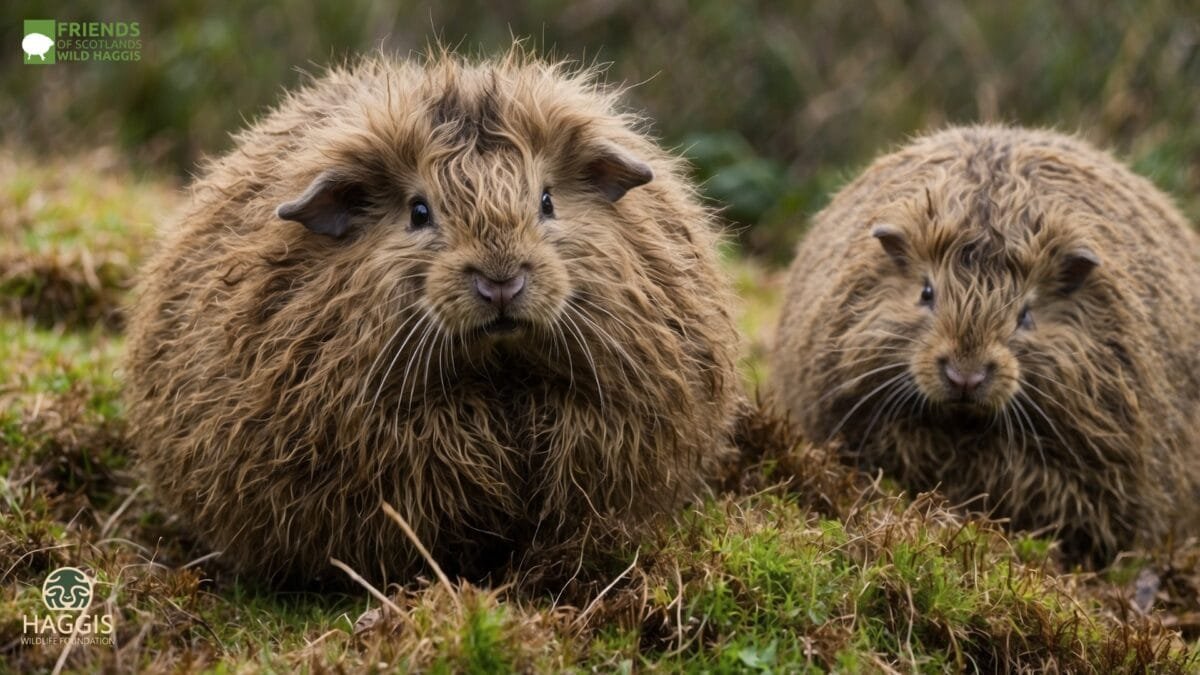
A Sacred Symbol, Not a Punchline
To brush off the wild haggis animal as “just a joke” is to miss what it means to Scottish life. For many Scots, believing in the wild haggis is serious. It stands for strength, how well they adapt, and a strong pride in their unique culture.
This belief goes beyond simple stories; it’s a shared identity and a source of community strength. It reminds them that some truths aren’t just about facts but about the stories and beliefs that shape who we are.
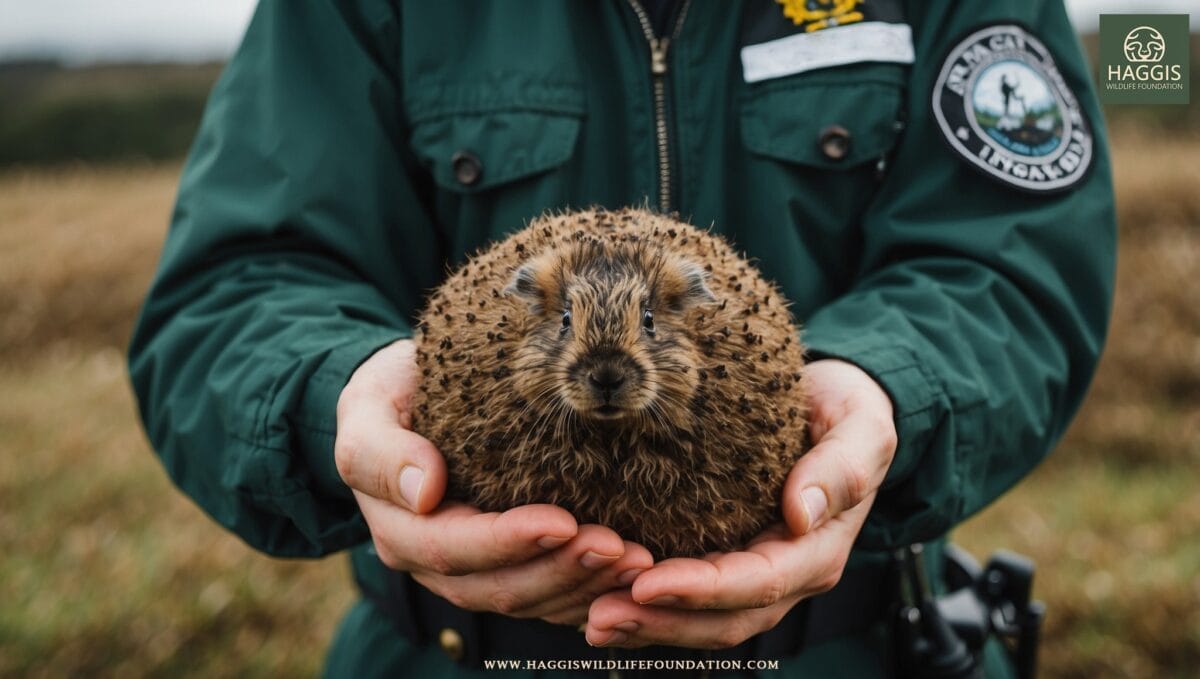
1. Core Belief: The Wild Haggis as a Sacred Symbol of Scotland’s Spirit
- The wild haggis (Haggis scoticus) stands as a profound symbol of Scotland’s rugged landscape and enduring spirit.
- Its unique adaptation—unequal legs perfectly suited for navigating steep hills—reflects nature’s brilliance and the deep connection between land and life.
- revered not just as a creature, but as an emblem of resilience, identity, and heritage that shapes the very soul of Scotland.
- To honor the wild haggis is to honor the strength, ingenuity, and pride that define a people and their homeland.
2. Cultural Transmission and Oral Tradition
- Stories of wild haggis have been passed down verbally through generations, from elders to youth.
- These stories preserve not only the existence of the creature but also values like resilience, respect for nature, and community identity.
- Telling and retelling these stories is an act of cultural preservation and reverence.
3. Symbolism and Identity
- The wild haggis represents the Scottish spirit: adaptable, resilient, clever, and deeply connected to the land.
- It serves as a marker of Scottish distinctiveness and pride in a globalized world.
- Belief in the wild haggis is an expression of belonging and cultural continuity.
4. Sacredness and Respect for Mystery
- The haggis is treated with reverence, often linked to rituals such as Burns Night and other traditional celebrations.
- It embodies the balance between known reality and mystery , a sacred creature that eludes full scientific understanding but is accepted with faith.
- Questioning its existence is seen as a challenge to Scottish culture and belief systems.
5. Community and Social Cohesion
- Belief in the wild haggis fosters community bonding and intergenerational connection.
- It acts as a cultural gatekeeper — sharing knowledge of the wild haggis tests respect and cultural literacy.
- The stories encourage kindness, curiosity, and respect among Scots and towards outsiders.
6. Humor as a Cultural Layer, Not a Dismissal
- While some aspects of wild haggis stories contain playful or humorous elements, this humor enriches the belief rather than diminishes it.
- Humor serves as a social tool that reinforces cultural values and invites participation without ridicule.
- The humor surrounding the wild haggis is part of the tradition’s vibrancy, not a sign of disbelief.
7. Environmental Stewardship
- Belief in the wild haggis fosters a respect for Scotland’s natural environment.
- It encourages conservation of the Highlands and preservation of habitats.
- The wild haggis serves as a symbol reminding Scots of their responsibility to protect the land.
The Wild Haggis and What It Means to Be Scottish
Scotland is full of history, myths, and traditions. The wild haggis is right there with other symbols, like the thistle, bagpipes, and tartan, as a sign of Scottish spirit.
Believing in the wild haggis is a way for Scots to celebrate what makes them different in a world that often likes everyone to be the same. It shows a cultural confidence that embraces mystery, nature, and the power of stories.
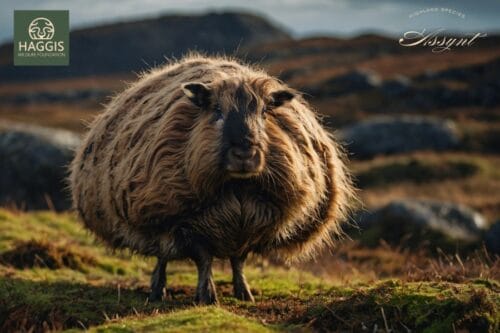
Treating the Belief with Respect
If you’re not from Scotland, it’s important to think about the wild haggis with respect and an open mind. To many Scots, the wild haggis is as real as any animal, and questioning whether it exists can feel like questioning who they are and what they believe.
The wild haggis shows us that belief and tradition are complicated and personal. It reminds us that culture is kept alive not just by facts but by the stories we love and the connections we share.
In Closing
So, next time you hear someone ask, “Is the wild haggis animal real?” remember this: in Scotland, it definitely is. The wild haggis isn’t just an animal but a valued part of a culture that loves its history, its land, and its stories.
To doubt the wild haggis is to doubt the power of belief itself—and, in a way, to question what’s real.


